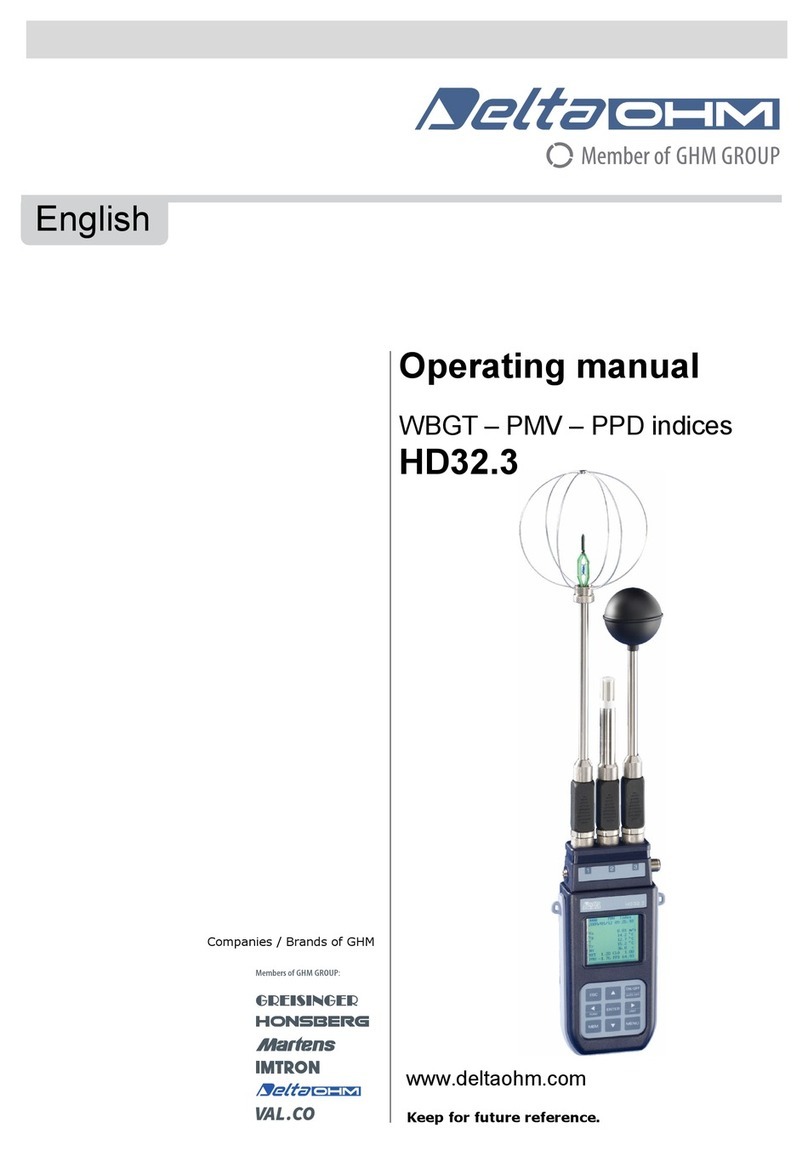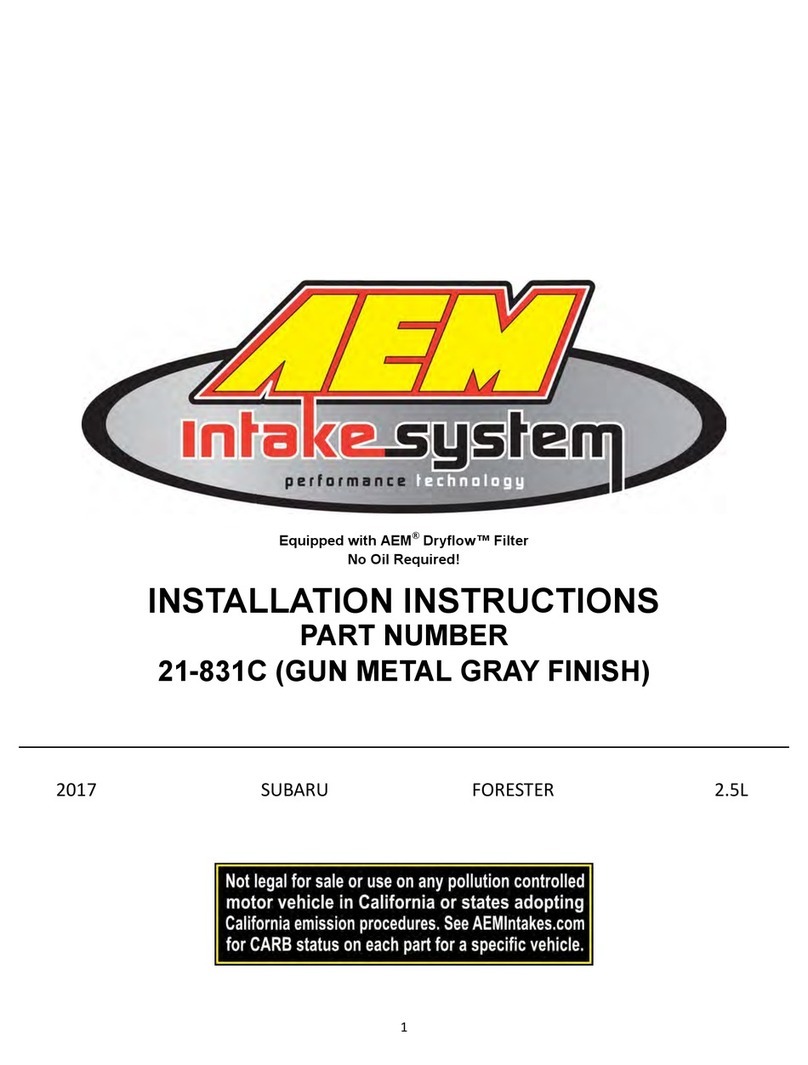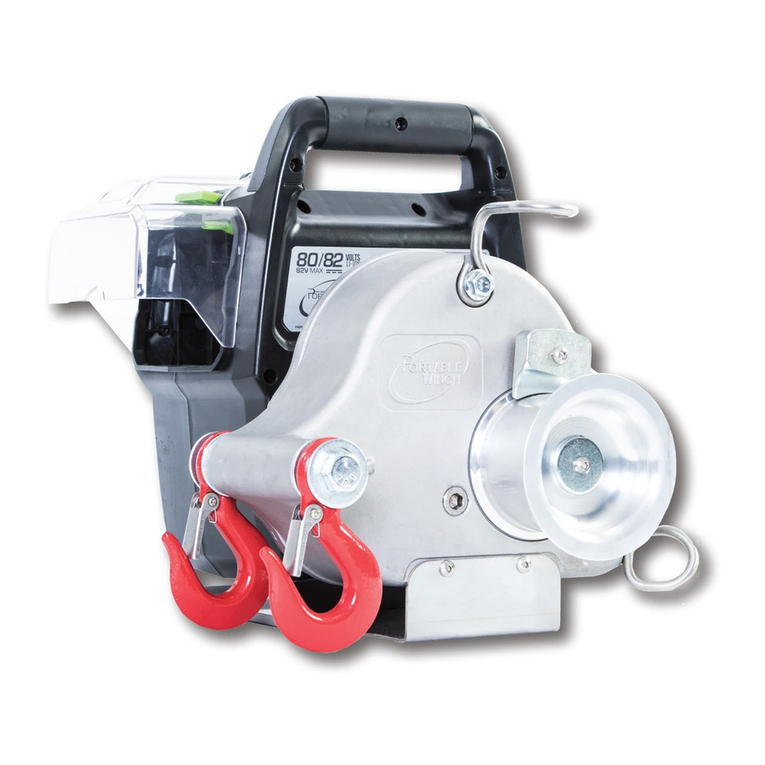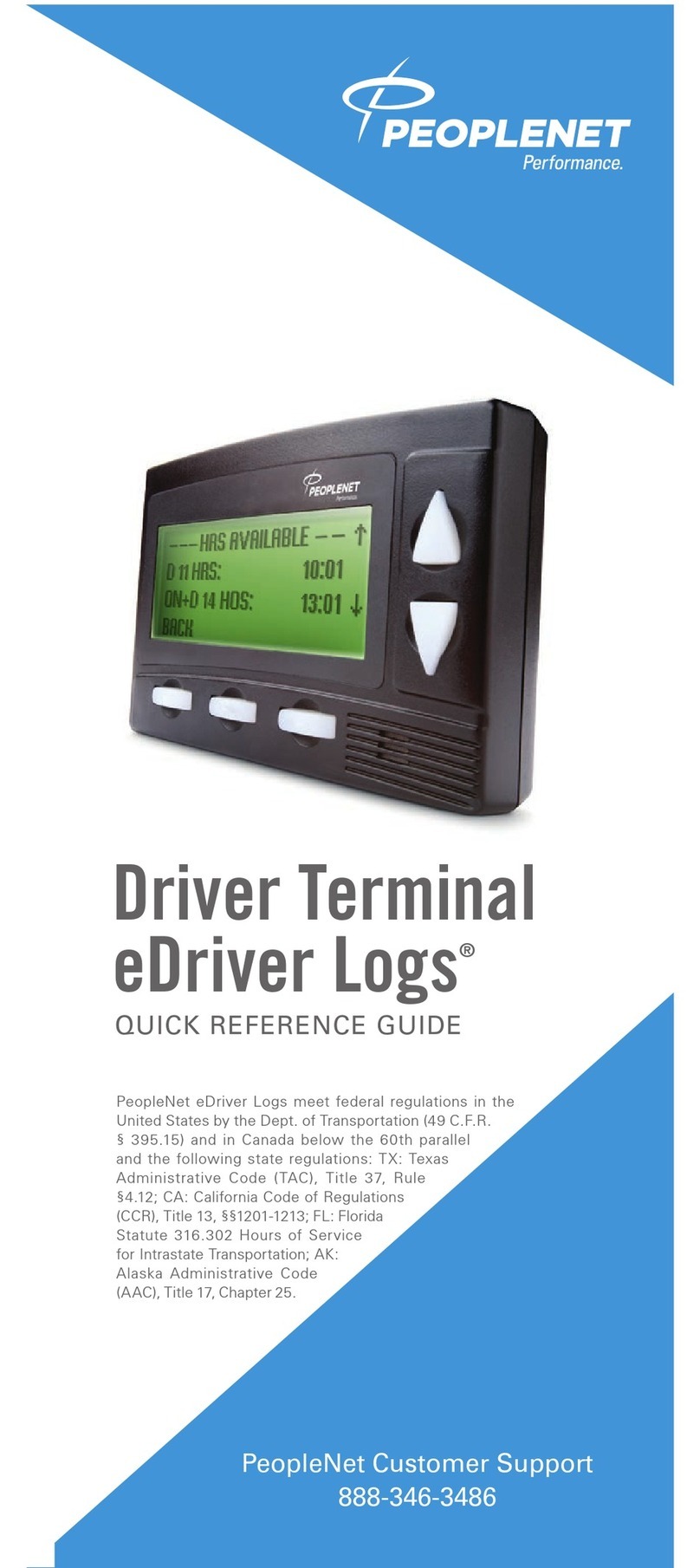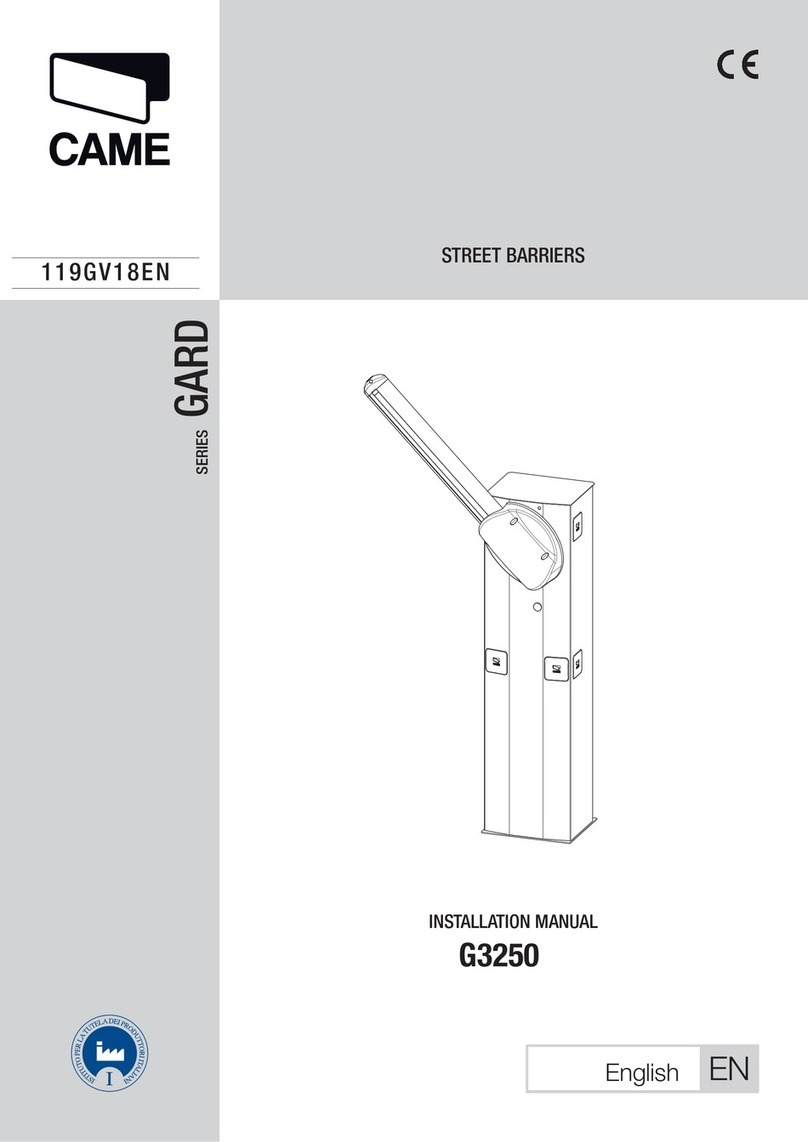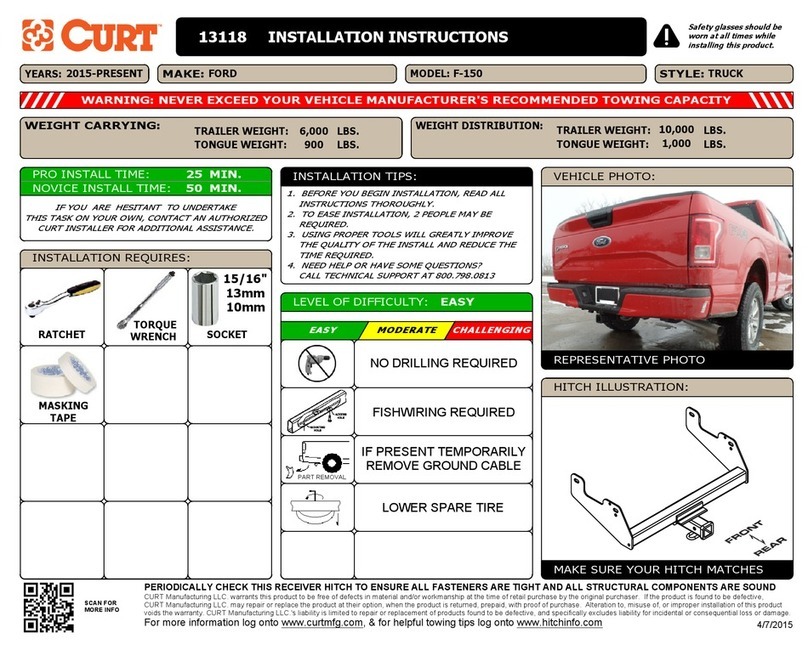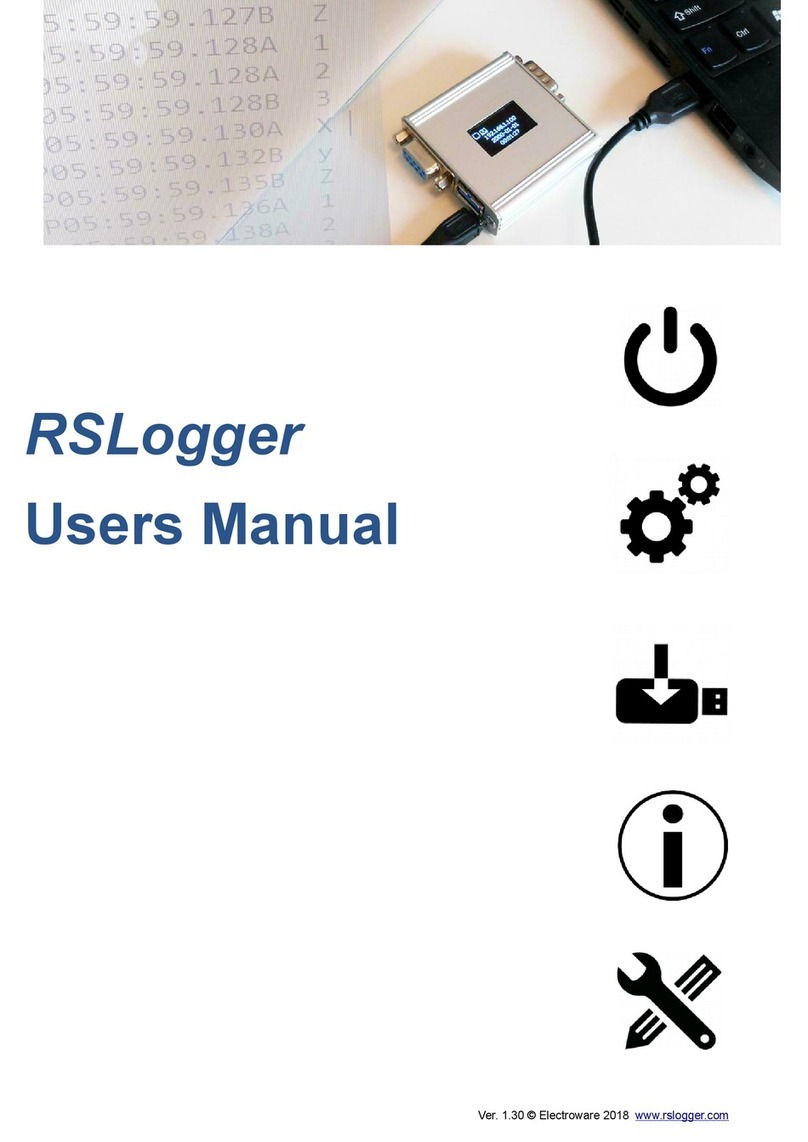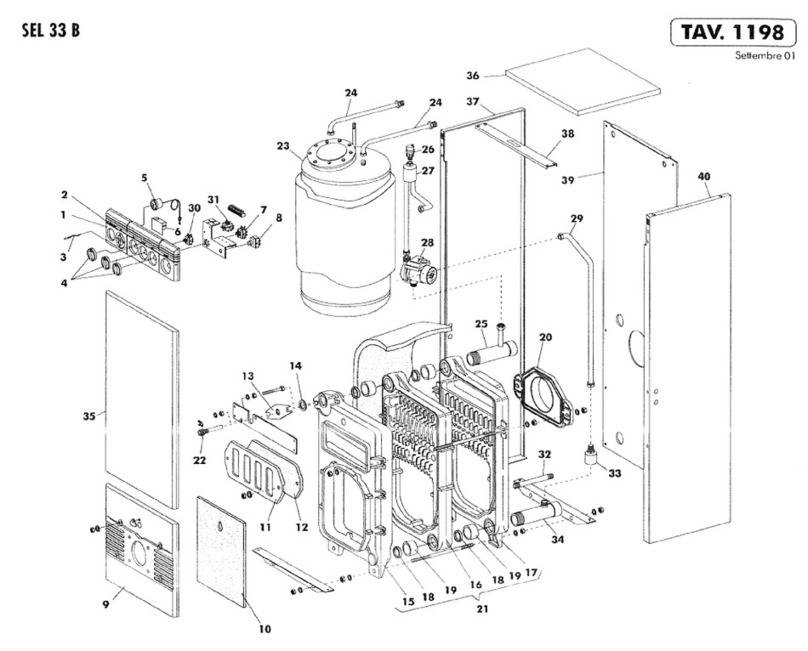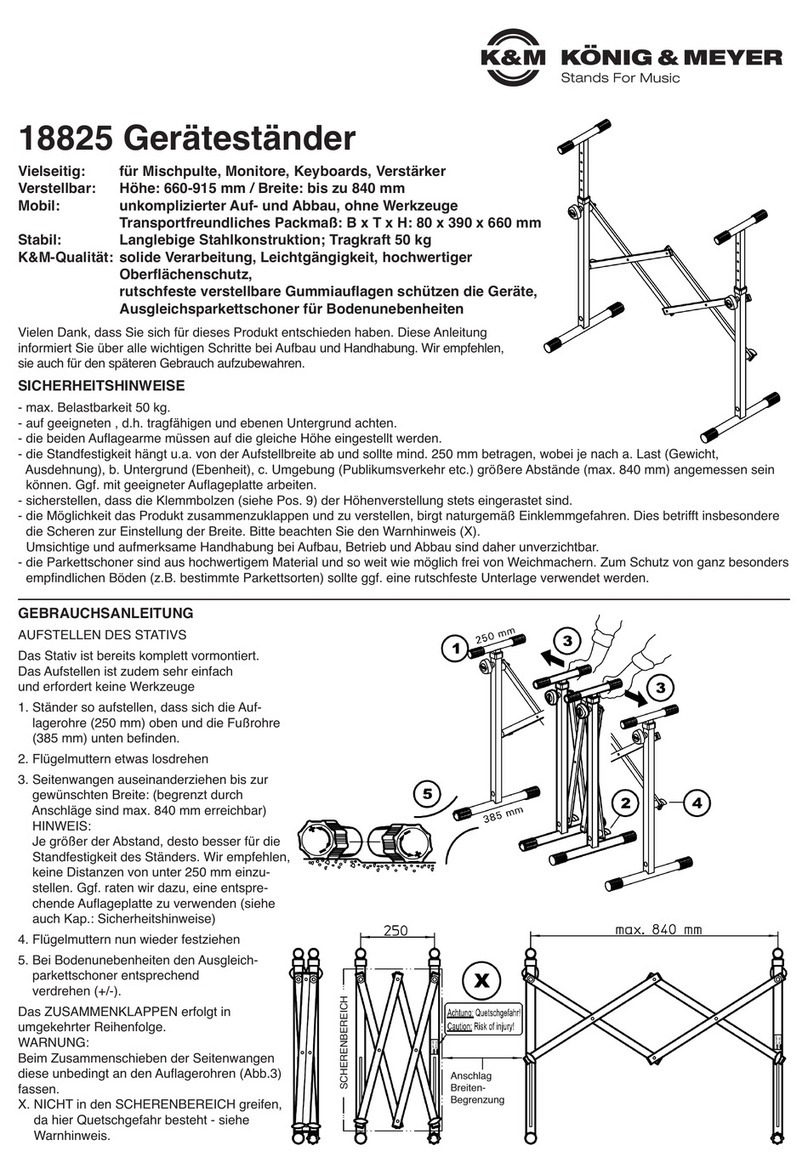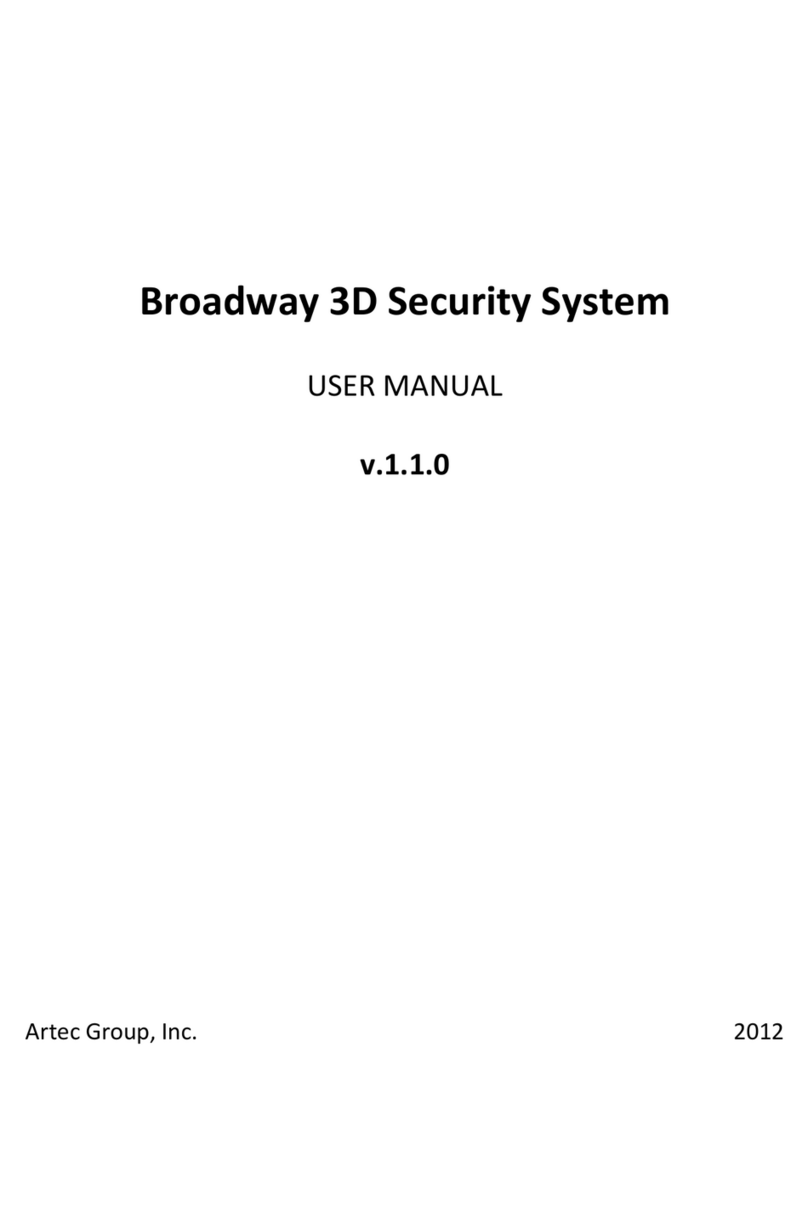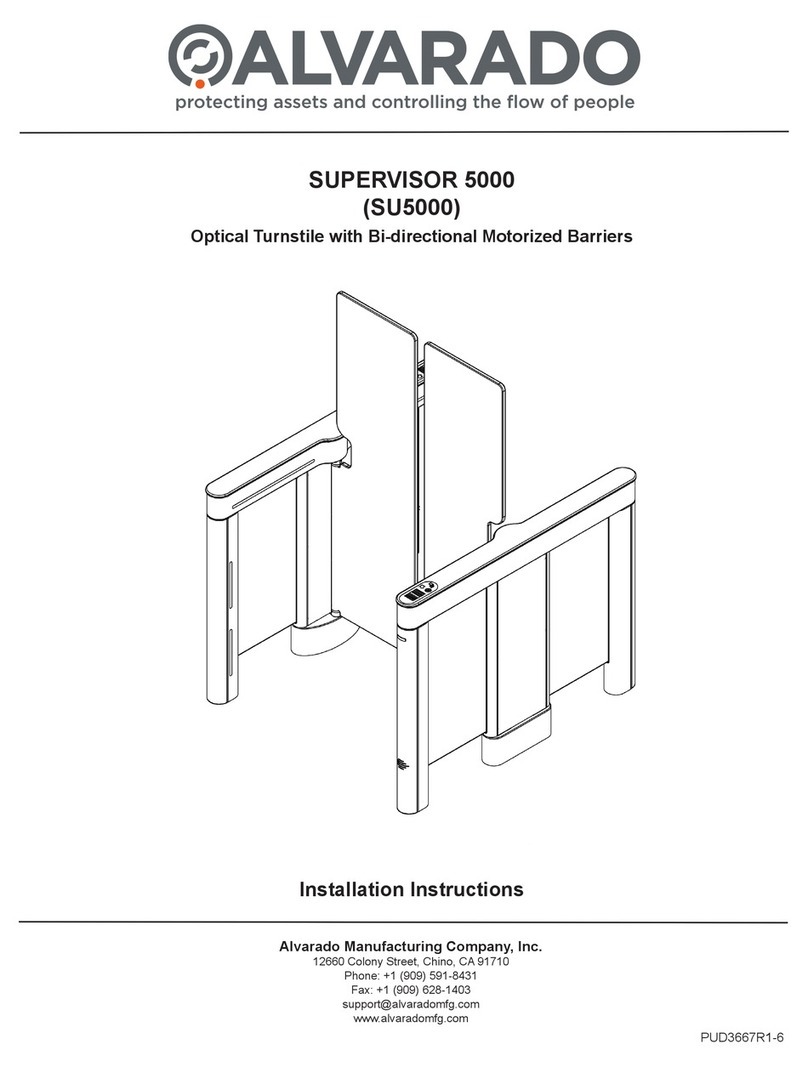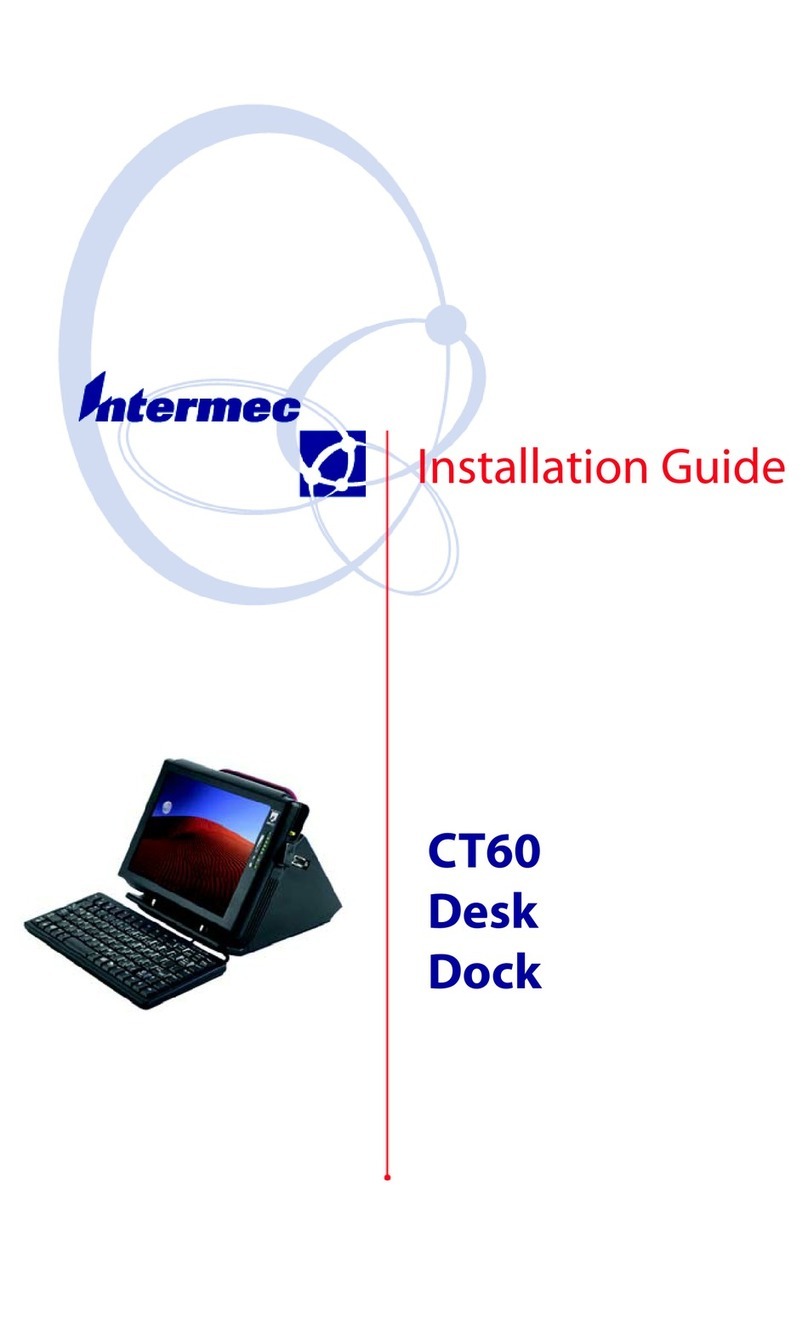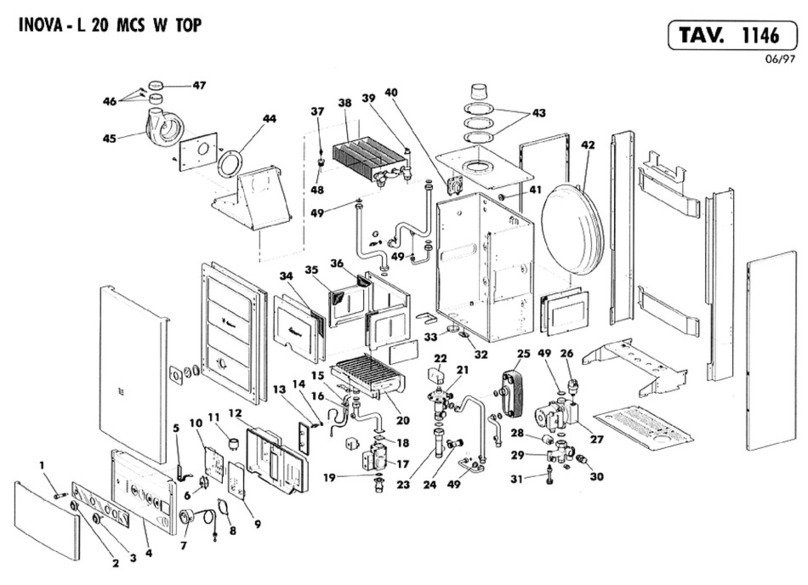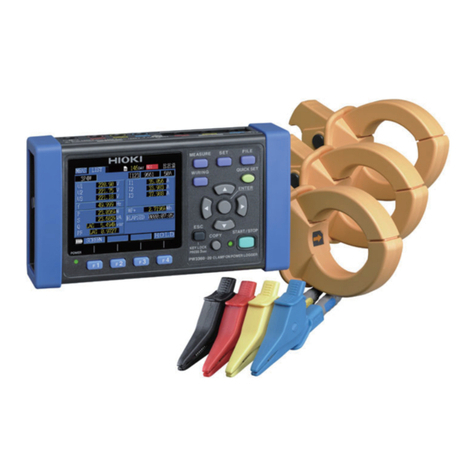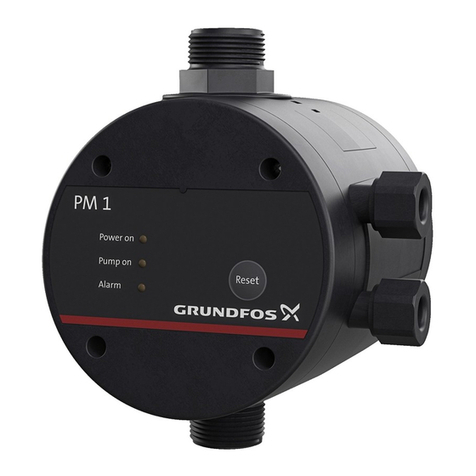Delta OHM DO 9709 User manual

DO 9709
INSTRUCTIONS MANUAL

DO 9709
115
2
3
4
6
5
7
8
9
10
11
12
13
14
16
17
18
19
20
21
22
23
24
25
26
27
28

81
DO 9709
DO 9709 DISSOLVED OXYGEN - DATA LOGGER
ENGLISH

1Input A: probe for measuring dissolved oxygen.
2Double LCD display.
3The symbol indicates that the HOLD key has been pressed.
4
H
symbol. If permanently lit, the battery is flat. If flashing at 1 Hz, the Auto Power Off function is
disabled. If flashing at 2 Hz, the Record function is active: storage of the maximum, mean and
minimum values.
5The display shows the mean value.
6The symbol indicates that the serial output function is switched on (flashing symbol) or that the
instrument is storing (symbol permanently lit).
7The display shows the relative value.
8REL key for taking relative measurements.
9HOLD key for blocking the reading.
10 Key for selecting the serial output function.
11 PROG key for selecting the various programs. Activates calibration and confirms the calibration
values.
12
s
key (Salinity sub-function), selects salinity compensation, when measuring the concentration
of dissolved oxygen. When enabled, it increases the values on the display.
13 mg/l % key, selects measurement of the concentration of dissolved oxygen in mg/l or the mea-
surement of the saturation index in %.
14 Output for RS 232C (SUB D male 9-pole).
15 Input B, temperature measurement probe.
16 The upper display measures the concentration of dissolved oxygen in mg/l.
17 The upper display measures the saturation index of dissolved oxygen in %.
18 The lower display indicates the temperature in °C, in the measurement of dissolved oxygen.
19 The lower display indicates the temperature in °F, in the measurement of dissolved oxygen.
20 Indicates that water salinity is compensated in the measurement of the concentration of dissol-
ved oxygen (this is not present when the saturation index of dissolved oxygen in % is displayed).
21 The display shows the minimum value.
22 The display shows the maximum value.
23 Key for switching the instrument on and off.
24 When the DATA CALL button is pressed in sequence, the display indicates the MAX, MIN and
MEAN value, normal display.
25
t
key (RCD sub-function), for activating and suspending storage of the maximum, minimum
and mean value or, if held down for more than 2 seconds, for resetting the maximum, minimum
and mean values and activating the storage function. When enabled, the key decreases the
value shown on the display.
26 When the CAL button is held down for more than 2 seconds it activates calibration of the dissol-
ved oxygen probe, the modification of salinity or modification of the default temperature.
27 °C/°F key for selecting temperature measurement in °C or °F.
28 The ENTER key (Start-Stop sub-function) starts and stops storage. When enabled, the ENTER
key shows the desired parameters and confirms the set values.
ENGLISH
82

INTRODUCTION
The DO 9709 Dissolved Oxygen - Data Logger allows the measurement of the concentration
(expressed in mg/l) of dissolved oxygen in liquids and of the saturation index (expressed in %),
using a combined measurement probe of a polarographic type with two or three electrodes, and a
temperature sensor inside the probe.
Normally the instrument measures the partial pressure of the oxygen in the water, measuring the
current generated by the polarographic probe. The temperature sensor, contained in the oxygen
probe, and the atmospheric pressure sensor housed inside the instrument allow calculation of the
saturation index and of the oxygen concentration in the liquid being examined.
The instrument contemplates automatic compensation of the membrane permeability, used in the
oxygen probe, and of the salinity of the liquid being examined.
Temperature probes with a 4-wire Pt100 sensor may be connected to the instruments, or active
probes of series TP 870, for taking temperature measurements in the range from -50° to +200°C:
The fast calibration function of the dissolved oxygen probe guarantees lasting correctness of the
measurements taken.
The instrument's Data Logger function enables it to store up to 30,000 readings. The sampling
period is variable from 1 second to 12 hours.
The data acquired may later be transferred to a Personal Computer or a printer by means of the
opto-insulated serial line RS 232C. For each value stored the date and time of acquisition is indica-
ted; each acquisition block is ended with a report which provides the maximum, minimum and
mean values.
With the Serial Output function it is possible to obtain the instantaneous values measured by the
instrument at the output of the serial line RS 232C, in order to send them to a printer or a computer.
Other functions such as HOLD (which blocks the display), REL (for taking relative measurements)
and RECORD (for storing the maximum, minimum and mean values) further enrich the instrument's
performance.
Thanks to its versatility and to its storage capacity, the instrument is particularly suitable for monito-
ring activities, for example in fish breeding establishments, purification plants, for the environmental
control of waters and finally for laboratory measurements: in the medical, biochemical, microbiologi-
cal field and in the food industry.
ENGLISH
83

REFERENCE STANDARD
In designing the instrument, the reference taken for measuring Oxygen dissolved in water, using an
electrochemical probe method, was standard UNI EN 25814 (Water quality. Determination of dis-
solved oxygen. Electrochemical probe method).
The German standard DIN 30408 part 23 was also considered (German standard methods for the
examination of water, waste water and sludge. Gaseous constituents group G: Determination of
oxygen saturation index), which provides similar data to the European standard with reference to
the saturated concentration of oxygen in pure water.
ENGLISH
84

ENGLISH
85
ON/OFF
HOLD + ON/OFF
HOLD
ON/OFF key. Press this key
repeatedly to switch the instru-
ment on or off.
The instrument has a cut-out
system (Auto Power Off) which
switches off automatically after
about 8 minutes.
HOLD key. If this key is pressed
and held down together with the
ON/OFF key while switching on,
for the duration of the switching-
on routine, the self cut-out func-
tion (Auto Power Off) is disactiva-
ted.
The battery symbol flashes at a
frequency of 1 Hz.
The instrument can be switched
off only by pressing the ON/OFF
key.
When this key is pressed during
normal operation the value shown
on the display is frozen and the
HOLD symbol lights up; updating
of the internal data continues.
When the key is pressed for the
second time the instrument
returns to normal operation and
the HOLD symbol goes off.
All the symbols are lit for a few
seconds after pressing the
ON/OFF key.
Complete display.
Afterwards the message CAL is
shown at the top of the display
and, at the bottom, a value
between 500 and 1500 which indi-
cates the electrode calibration
coefficient (in normal conditions
this value is 1000).
The
H
symbol flashes to indicate
that Auto Power Off is disabled.
KEY SIMBOLS LIT BESIDES
THE NUMBERS FUNCTION
DESCRIPTION
FUNCTION OF THE SYMBOLS ON THE KEYBOARD
+

ENGLISH
REL
DATA CALL
mg/l
MED
°C
mg/l
MIN
°C
86
KEY SIMBOLS LIT BESIDES
THE NUMBERS FUNCTION
DESCRIPTION
The REL key allows you to
display or store relative values or
send them immediately onto the
serial line.
The values for comparison are
stored at the precise moment in
which the key is pressed.
Data may be stored when the
REL button is active.
After data has been sent onto the
serial line, in immediate or remote
mode from the instrument's inter-
nal memory, obtained with the
REL function active, a report will
be provided giving the maximum,
minimum and mean relative
values and the reference values
on which the calculation of the
relative values was based.
DATA CALL key (Max - Min -
Mean). By pressing the DATA
CALL key repeatedly the Max,
Min and Mean values measured
are indicated on the display.
At the top of the display the dis-
solved Oxygen values appear
while at the bottom do the tempe-
rature ones.
mg/l
REL
°C
mg/l
MAX
°C

ENGLISH
PROG
87
KEY SIMBOLS LIT BESIDES
THE NUMBERS FUNCTION
DESCRIPTION
P0+
Programming of the instrument is
activated by pressing the PROG
key.
The message P0 appears at the
top of the display indicating that
the parameter P0 is being pro-
grammed.
By continuing to press the PROG
key the messages P1, P2, P3, P4,
P5, P6, P7, P8, P9, P10, P11,
P12, P0, etc. are displayed for all
the programs available.
Press the ENTER key on one of
the points just described to activa-
te programming of the desired
parameter.
- P0 -
When ENTER is pressed with P0
on the display, the instrument
returns to normal operating mode
without storing any parameter.
Press the PROG key to move on
to step P1.

ENGLISH
88
KEY SIMBOLS LIT BESIDES
THE NUMBERS FUNCTION
DESCRIPTION
P1+ = data dump
- P1 -
When ENTER is pressed with P1
on the display, the data stored in
the memory of the instrument are
unloaded (DUMP); press the
PROG key to move on to step P2.
During the data dump, the messa-
ge dUP appears on the upper
display of the instrument and the
number of the memory unit cur-
rently being dumped appears on
the lower display.
At the end the instrument automa-
tically returns to normal operating
mode.
The unloading of data from the
instrument memory may be
momentarily stopped by pressing
the ENTER key.
Press the ENTER key again to
reactivate data unloading.
When the PROG key is pressed,
data unloading is finally concluded.
At the end of each block the
report is sent with the maximum,
minimum and mean values calcu-
lated on the block.
During the DUMP phase the
instrument does not switch off
automatically, all the key functions
are disabled except the ENTER,
PROG and ON/OFF keys.
Note:
The block is defined at the
moment of storage as a group of
consecutive recordings. The first

ENGLISH
89
KEY SIMBOLS LIT BESIDES
THE NUMBERS FUNCTION
DESCRIPTION
P1+ = erase memory
storage
P2+ = interval
programming
interruption of storage ends and
determines the block.
When the
s
key (MEMORY
CLEAR sub-function) is pressed
with P1 on the display, all the sto-
red data are erased.
After they have been erased, the
instrument will display the messa-
ge CLr and the number of
memory units erased.
At the end the instrument automa-
tically returns to normal operating
mode.
- P2 -
When ENTER is pressed with P2
on the display, the storage time
parameter may be modified.
This parameter is used for the fol-
lowing two functions:
1. Logging time, or time elapsing
between two consecutive data
storages in the memory.
2. Data dump interval, or time ela-
psing between two immediate
data dumps on the serial line.
The
s
and
t
keys are used to
define the desired intervention
time.
At bottom right of the display the
instrument indicates the seconds
(1 - 59).
At top right of the display the
instrument indicates the minutes
(1 - 59).
hours minutes
seconds

ENGLISH
90
KEY SIMBOLS LIT BESIDES
THE NUMBERS FUNCTION
DESCRIPTION
At top left of the display the instru-
ment indicates the hours (1 - 12).
After defining the storage time,
press ENTER to return to normal
operation, or press the PROG key
to move on to step P3.
In the storage function the instru-
ment is able to store more than
30,000 acquisitions.
The time taken to fill the memory
completely is a function of the
recording interval and may be
obtained from the following table:
Once the memory has been filled
the instrument automatically stops
and quits storage status. The fla-
shing FUL message appears. The
instrument switches off after 8
minutes.
RECORDING INTERVAL
1 sec
1 min
1 hour
TIME TO FILL
THE MEMORY
8 hours
20 days
1250 days

ENGLISH
91
KEY SIMBOLS LIT BESIDES
THE NUMBERS FUNCTION
DESCRIPTION
P3+ = set Baud Rate
P4+ = set year
- P3 -
When ENTER is pressed with P3
on the display, the Baud Rate of
the RS 232C serial transmission
may be modified.
The
s
and
t
keys are used to
select the desired value.
The possible values are:
19,2 = 19200 Baud
9,6 = 9600 Baud
4,8 = 4800 Baud
2,4 = 2400 Baud
1,2 = 1200 Baud
0,6 = 600 Baud
0,3 = 300 Baud
Finally press ENTER to return to
normal operation, or press the
PROG key to move on to step P4.
- P4 -
When ENTER is pressed with P4
on the display, the year value may
be set or changed.
The
s
and
t
keys are used to
select the desired year.
Then press PROG to move on to
step P5 (the ENTER key is not
active).

ENGLISH
92
KEY SIMBOLS LIT BESIDES
THE NUMBERS FUNCTION
DESCRIPTION
P5+ = set month
P6+ = set day
- P5 -
When ENTER is pressed with P5
on the display, the month may be
set or changed.
The
s
and
t
keys are used to
select the desired month.
Then press PROG to move on to
step P6 (the ENTER key is not
active).
- P6 -
When ENTER is pressed with P6
on the display, the day may be set
or changed.
The
s
and
t
keys are used to
select the desired day.
Then press PROG to move on to
step P7 (the ENTER key is not
active).

ENGLISH
93
KEY SIMBOLS LIT BESIDES
THE NUMBERS FUNCTION
DESCRIPTION
P7+ = set hours
P8+ = set minutes
- P7 -
When ENTER is pressed with P7
on the display, the hour may be
set or changed.
The
s
and
t
keys are used to
select the desired hour.
Then press PROG to move on to
step P8 (the ENTER key is not
active).
- P8 -
When ENTER is pressed with P8
on the display, the minutes may
be set or changed.
The
s
and
t
keys are used to
select the desired minutes.
Then press ENTER to return to
normal operating mode or PROG
to move on to step P9, without
updating the internal clock.
Quitting with the ENTER key
updates the internal clock with
the date and time just set, set-
ting the seconds at zero at the
time of quitting.

ENGLISH
94
KEY SIMBOLS LIT BESIDES
THE NUMBERS FUNCTION
DESCRIPTION
P9+ = enable/disable
self cut-out
- P9 -
When ENTER is pressed with P9
on the display, the instrument
enters the program which enables
or disables the self cut-out func-
tion when it is in storage mode
and with a set storage interval
higher than or equal to 1 minute.
The
s
and
t
keys are used to
select the value 00 or 01.
00 With a set storage interval
lower than 1 minute, the
instrument does not switch off
automatically; it remains
always lit.
When the ON/OFF key is
pressed, storage stops and
the instrument switches off.
00 With a set storage interval
higher than 1 minute, the
display switches off automati-
cally after about 8 minutes. At
each set storage interval there
is a beep and the display swit-
ches on for a few seconds.
The display can be switched
on or off by pressing the
ON/OFF key. The instrument
keeps on storing if you keep it
switched on. The display swit-
ches off automatically after
about 8 minutes.
To stop storage, press the
ON/OFF key (if the instrument
is off). Press the ENTER key.
01 With a set storage interval
lower than 1 minute, the
instrument does not switch off
automatically.

ENGLISH
95
KEY SIMBOLS LIT BESIDES
THE NUMBERS FUNCTION
DESCRIPTION
P10+ = select type
of sensor
When the ON/OFF key is
pressed, storage is interrupted
and the instrument switches
off.
01 With a set storage interval
higher than 1 minute, the
display does not switch off
automatically; it remains
always lit and goes on storing.
When the ON/OFF key is
pressed the display stops till
the next acquisition. Then it
switches on again and
remains lit.
To stop storage, press the
ENTER key.
The ENTER key is used to return
to normal operating mode, while
pressing the PROG key moves on
to step P10.
- P10 -
When ENTER is pressed with
P10 on the display, the instrument
enters the program which allows
you to tell the instrument what
type of dissolved Oxygen sensor
is being used.
Using the
s
and
t
keys you can
move to the value corresponding
to the desired probe.
00: DO 9709SS
01: DO 9709SH
02: not available
The ENTER key is used to return
to normal operating mode, while

ENGLISH
96
KEY SIMBOLS LIT BESIDES
THE NUMBERS FUNCTION
DESCRIPTION
P11+ = calibrate tempe-
rature probe
pressing the PROG key moves on
to step P11.
- P11 -
Pressing the PROG key moves
on to step P12.
When ENTER is pressed with
P11 on the display, the instrument
enters the program for calibrating
the temperature probe.
If a temperature probe (4-wire
Pt100 probe or series TP 870) is
inserted in input B, the instrument
will calibrate this probe, initially
setting the default calibration
values.
If there is no temperature probe
inserted in input B, the instrument
will calibrate the temperature pro-
be present in the dissolved
Oxygen measurement probe
inserted in input A, initially setting
the default values.
In the program for calibrating the
temperature probe, the instrument
shows the message CAL at the
top of the display and, at the bot-
tom of the display, the temperatu-
re value of the probe currently
being calibrated.
For greater details, see the instru-
ment temperature calibrating
instructions.
°C

97
KEY SIMBOLS LIT BESIDES
THE NUMBERS FUNCTION
DESCRIPTION
SERIAL OUTPUT
P12+ = calibrate
pressure sensor
- P12 -
Pressing the PROG key moves
on to step P0.
When ENTER is pressed with
P12 on the display, the instrument
enters the program for calibrating
the pressure sensor.
The display shows the message
PrS at the top of the display and,
at the bottom, the pressure value
measured in mbar.
Both the °C and °F indications are
active.
At this point, by pressing the
ENTER key it is possible to return
to normal operating mode, obtai-
ning only the display of the mea-
sured pressure.
Pressing the PROG key begins
the procedure for calibrating the
pressure sensor.
For greater details, see the instru-
ment pressure calibrating instruc-
tions.
Serial Output key. The Serial
Output key sends the data being
acquired onto the serial line
immediately, according to the set
programming parameters.
Note:
The choice of the baud rate
influences the speed at which the
data are sent onto the serial line.
ENGLISH
°F
°C
mg/l
Serial
Out
Memory
°C

ENGLISH
98
KEY SIMBOLS LIT BESIDES
THE NUMBERS FUNCTION
DESCRIPTION
With a data transmission speed of
300 baud (the character being
composed of 10 bit: 1 start bit + 8
character bit + 1 stop bit), the time
taken to send 80 characters on
the serial line is: 80 / (300/10) =
2.7 sec.
There is therefore a limit on the
minimum time that may be set as
a function of the baud rate cho-
sen:
If a time of less than 4 sec. with a
speed of 300 baud is accidentally
set during programming, the time
is automatically corrected to
4 sec.
The Serial Out/Memory symbol
flashes during the immediate
unloading of data onto the serial
line. The instrument does not
switch off automatically. The func-
tions of all the keys are disabled,
preventing the performance of all
their functions except the Serial
Out key and the ON/OFF key.
When pressed again, the Serial
Output key ends the unloading of
data in progress. A report is
issued stating the maximum, mini-
mum and mean values.
BAUD
RATE
300 baud
600 baud
> 600 baud
MINIMUM
SETTABLE
TIME
4 sec.
2 sec.
1 sec.
Table of contents
Other Delta OHM Other manuals
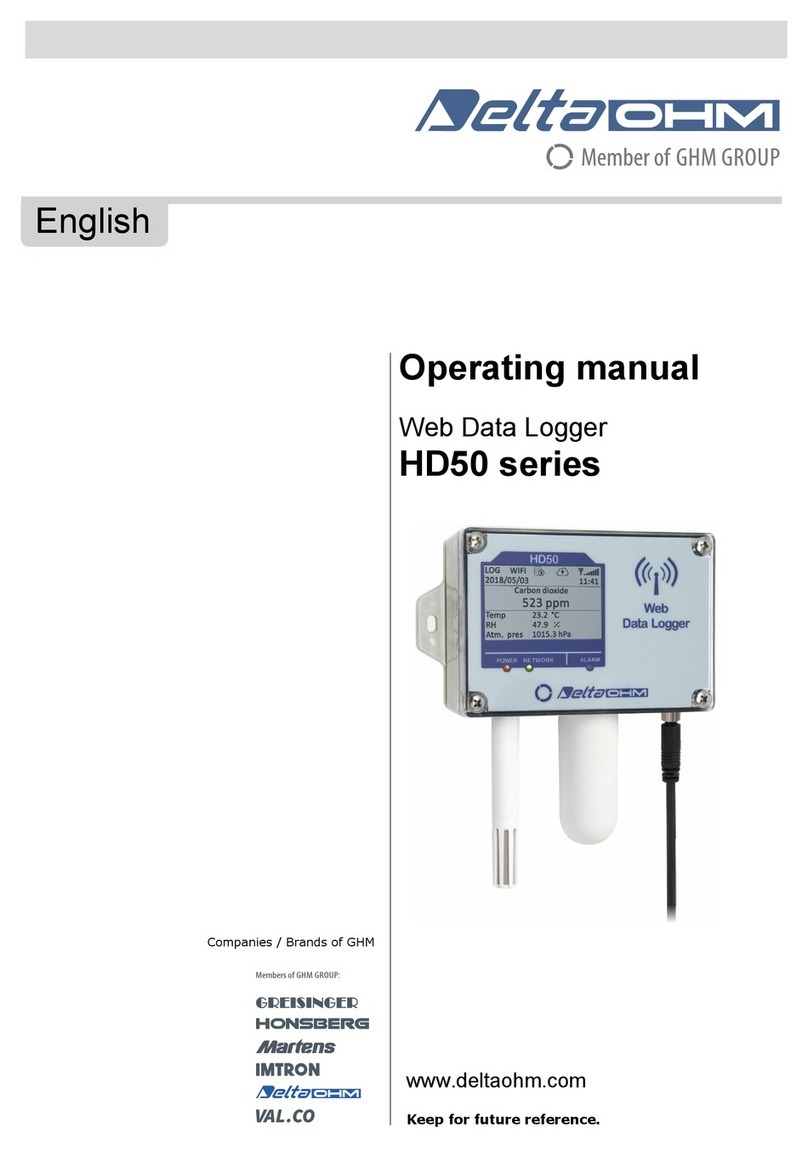
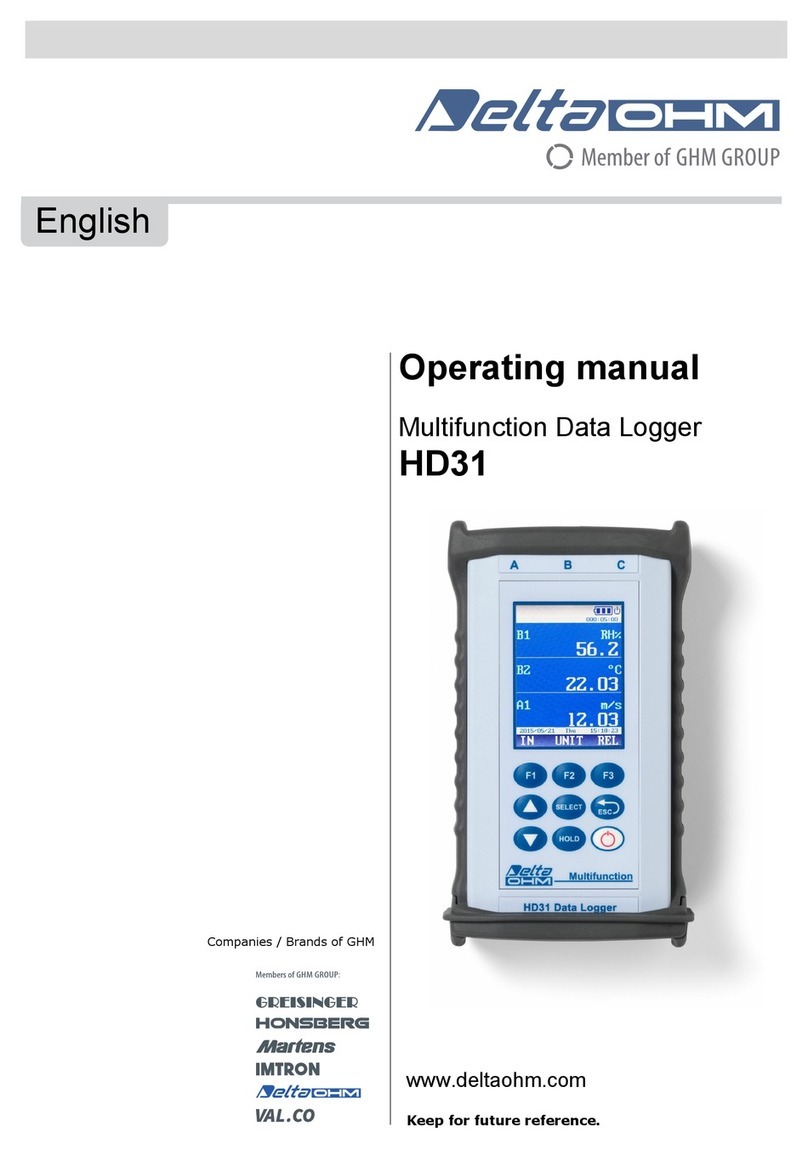
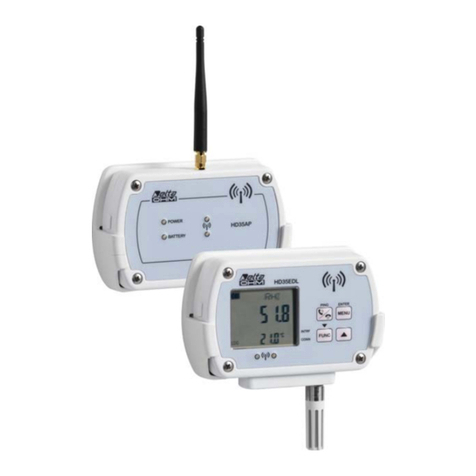
![Delta OHM HD33[L]M.GSM User manual Delta OHM HD33[L]M.GSM User manual](/data/manuals/1r/8/1r86k/sources/delta-ohm-hd33-l-m-gsm-manual.jpg)
